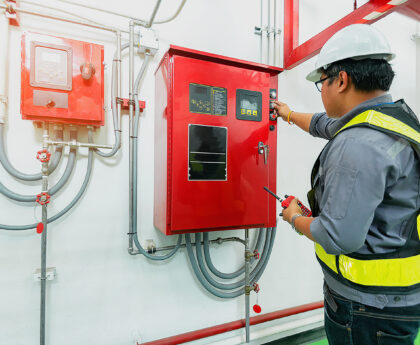In our kitchens, kettles have long had a special place. Silently heating water for our daily coffee hit or a calming cup of tea, they are the unsung heroes. But as our demands and habits changed throughout time, these insignificant gadgets changed as well. This post will examine the development of kettles—from conventional hob versions to state-of-the-art smart appliances—and how they keep redefining the central area of our kitchens.
The Customary Kettle
For many years, the conventional stovetop kettle has been a mainstay in kitchens. Its straightforward appearance and whistle that signals when the water is ready serve as a comforting and familiar symbol. It is not without its peculiarities, though. The water in a traditional kettle may take longer to boil and needs to be watched over constantly.
Electric Kettles: Revolutionary Devices
Our kitchens underwent a transformation with the introduction of electric kettles. They are extremely convenient, quicker, and more effective. They are a popular option for busy individuals and families because they can quickly provide hot water with only a push of a button.
Modern Kitchens with Smart Kettles
Smart kettles have become the talk of the kitchen in recent years. The purpose of these cutting-edge appliances is to simplify our lives. They have features like voice commands, temperature settings that can be changed, and remote controls. Imagine being able to voice-command your kettle to start while still in bed.
Form and Style
Kettles are becoming more than simply a useful appliance—they’re also a focal point in the kitchen. Contemporary kettles are made of many different materials, colours, and styles. Their visual attractiveness might improve your kitchen’s overall appearance.
Energy Reduction
Energy efficiency is a well-known feature of electric kettles. They are more environmentally friendly than conventional kettles since they swiftly bring water to a boil and only consume the energy needed for the activity at hand.
Adaptability of Use
The function of kettles has expanded beyond only heating water to a boil. They are useful for many kitchen tricks, such as hard-boiled egg preparation and pasta making.
Upkeep and Spot Cleaning
Maintaining your kettle will ensure that it lasts for a long time. Frequent cleaning and descaling are essential. We’ll talk about how to maintain your kettle in great condition.
Safety Elements
One of the biggest concerns is safety, particularly in homes with young children. For added piece of mind, a lot of contemporary kettles have child safety locks and automatic shut-off functions.
Brewing Innovations
Certain kettles are made especially for people who enjoy tea and coffee. They provide consistently excellent brewing by providing accurate temperature control for many beverage varieties.
Health and Kettles
Making drinks is not the only use for boiling water. Making sure the water is safe to drink is another concern. We’ll talk about how kettles can help people lead better lives.
Kettles in Various Societies
Kettles are important to cultures all across the world. We’ll explore the various cultural uses of kettles, ranging from traditional Japanese tea ceremonies to British afternoon tea.
Purchase Guide
There are a few things to take into account while selecting the ideal kettle for your kitchen. We’ll give you a buying guide so you can choose wisely.
The Kettle’s Future
We can only speculate about what the future holds for kettles as technology develops. Keep an eye out for new developments and trends in kettle technology.
In summary
Kettles have evolved greatly from their original use as basic water boilers. They have developed into functional, effective, and fashionable kitchen appliances that are a necessary component of our everyday lives. Kettles, the beating heart of the kitchen, keep reinventing what it means to cook.




